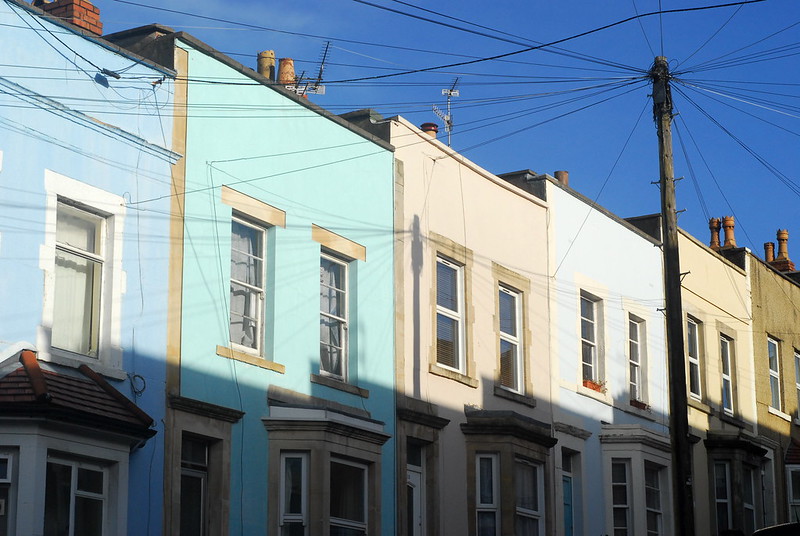In which we spot something getting under way again
Published at 9:35 am on August 18th, 2009
Filed under: Media Addict, Photobloggery.
In which we fill the weekend with music
Published at 10:38 pm on July 12th, 2009
Filed under: Media Addict.
A bit of a musical weekend, this weekend. A bit of a busy one too: there’s always too much in this town to choose between.
Read more...
Keyword noise: Amida, Big Pink Cake, Boxcar Aldous Huxley, Bristol, cake, Electrophonvintage, Grimsby, Lincolnshire, North East Lincolnshire, gig, Jam On Bread, Lincolnshire Wolds Railway, live music, Mat Riviere, music, Phoenix Wharf, Redcliffe, Santa Dog, Scout Hut, Secret Shine, Steve Carlton, The Cube, The Pocketbooks, The Short Stories, The Westfield Mining Disaster.
In which we consider how “Being Human” ended
Published at 11:53 am on March 15th, 2009
Filed under: Media Addict.
Given the amount of space I’ve used to talk about Totterdown-set* BBC3 series Being Human on here, it’s about time I mentioned the series finale – it was a fortnight ago now, after all. Before the finale had been shown, we already knew that Series Two had been commissioned, which, I have to say, took away some of the suspense. It was possible that the writer would follow through the compulsary penultimate-episode cliffhanger by “killing off” the main characters (who were, of course, technically already dead); but it wasn’t likely. It was also very likely that we’d lose some of the other characters; and, indeed, it happened.
Read more...
Keyword noise: BBC, Being Human, Bristol, drama, ghost stories, Redcliffe, television, Totterdown, vampire, werewolf.
More photos from around Bristol
Published at 10:31 am on March 7th, 2009
Filed under: Photobloggery.

Read more...
Keyword noise: Avon, bridges, Bristol, cats, Coronation Road, Cumberland Road, maze, New Cut, photography, Redcliffe, Redcliffe Bridge, river, River Avon, Southville, Spike Island, swing bridge, Totterdown, Troy Town, Vauxhall Bridge, Victoria Park, Windmill Hill, Windsor Terrace.
In which we discuss local things, and eat pancakes
Published at 12:55 pm on February 26th, 2009
Filed under: Dear Diary, Political.
A few different things on my mind today, none of which are worthy really of a full post.
Read more...
Keyword noise: Bristol, buses, city council, events, folk music, Folk Tales, guided bus, Labour, Liberal Democrats, local government, music, Pancake Day, pancakes, Phoenix Wharf, Prince St Bridge, public transport, Redcliffe, Scout Hut, Shrove Tuesday, storytelling, SusTrans, transport.
In which we ponder some Being Human world-building issues
Published at 3:25 pm on February 10th, 2009
Filed under: Media Addict.
Some more notes on Being Human, which continues on the telly for the next few weeks.
Read more...
Keyword noise: BBC, Bedminster, Being Human, Bristol, drama, ghost stories, Redcliffe, television, Totterdown, vampire, Warden Rd, werewolf.
In which we find art in a cave
Published at 3:07 pm on November 3rd, 2008
Filed under: Artistic.
One of the things I like, about living in this city, is the randomness of things one comes across. One will turn a corner and find something new happening, something unexpected, something undreamt.
Read more...
Keyword noise: art, Bristol, caves, Jesse Alexander, long exposure, photography, Redcliffe, Threshold Zone, underground.

 Home
Home
 Newer posts »
Newer posts »